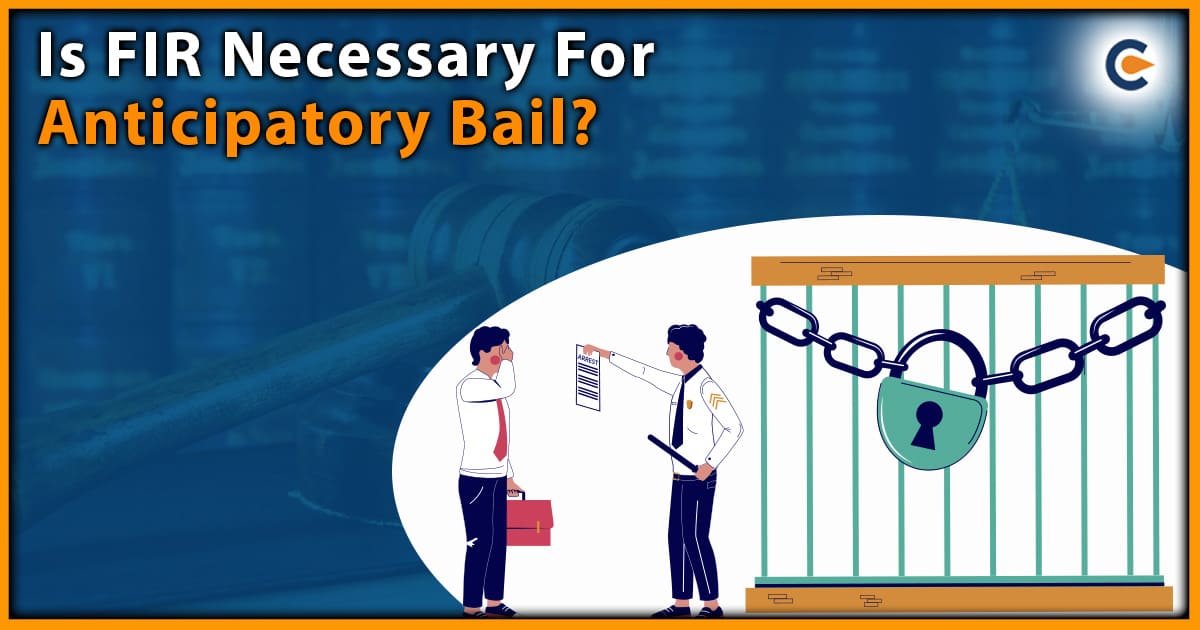A residential house lease agreement is a legal document that establishes the terms and conditions of a rental agreement between a landlord and a tenant for a residential property. It is a written contract that outlines the responsibilities, rights, and obligations of both parties involved in the rental agreement. In this section, I will explain the key elements of a residential house lease agreement.
Parties Involved:
The lease agreement should clearly identify the parties involved in the rental agreement. This includes the landlord’s name, address, and contact information, as well as the tenant’s name and contact information.
Description of the Property:
The lease agreement should describe the property being rented, including the address, unit number, and any specific details about the property.
Rent Payment and Security Deposit:
The lease agreement should state the amount of rent to be paid by the tenant and the due date for each payment. The lease should also state the amount of security deposit required and the conditions for the return of the deposit.
Lease Term:
The lease agreement should specify the duration of the lease, including the start date and end date. The lease may be for a fixed term or a month-to-month tenancy.
Renewal and Termination:
The lease agreement should outline the procedures for renewing or terminating the lease. This includes the notice required by either party to renew or terminate the lease.
Maintenance and Repairs:
The lease agreement should specify who is responsible for maintaining the property and making repairs. This may include routine maintenance such as lawn care, as well as major repairs such as plumbing or electrical issues.
Use of the Property:
The lease agreement should specify any restrictions on the use of the property. This may include restrictions on pets, smoking, or other activities that could damage the property.
Utilities and Services:
The lease agreement should specify which utilities and services are included in the rent payment and which are the responsibility of the tenant.
Late Fees and Penalties:
The lease agreement should specify any late fees or penalties for missed rent payments or other violations of the lease agreement.
Governing Law:
The lease agreement should specify the state laws that govern the rental agreement.
What Are The Points To Be Covered To Make A Format Of Residential Lease Agreement?
Here are some of the key elements that are typically included in a residential lease house agreement:
Property Details:
The agreement should identify the property that is being rented, including the address, unit number (if applicable), and any common areas that the tenant is allowed to access.
Lease Term:
The lease term is the length of time that the tenant will be renting the property. It is important to specify the exact start and end dates of the lease term in the agreement.
Rent Amount and Payment Schedule:
The lease agreement should specify the monthly rent amount and when it is due. It may also include information about any late fees or penalties that will be charged if the rent is not paid on time.
Security Deposit:
The landlord may require the tenant to pay a security deposit before moving in. This deposit is typically held to cover any damage or cleaning expenses that the tenant may incur during their stay. The lease agreement should specify the amount of the security deposit and when it will be returned to the tenant.
Tenant Responsibilities:
The lease agreement should outline the tenant’s responsibilities during the lease term, such as maintaining the property in good condition, not making alterations to the property without permission, and complying with any rules or regulations that apply to the property.
Landlord Responsibilities:
The agreement should also specify the landlord’s responsibilities, such as making any necessary repairs to the property, providing necessary utilities, and ensuring that the property is safe and habitable.
Pets:
If the landlord allows pets on the property, the lease agreement should include details about any pet policies or fees that apply.
Termination:
The agreement should specify how either party can terminate the lease early, and what penalties or fees may apply if the lease is terminated early.
Governing Law:
The lease agreement should specify which state’s laws govern the agreement in the event of a dispute.
Signatures:
Both the landlord and tenant should sign the lease agreement to indicate that they understand and agree to the terms outlined in the document.
What Are The Rules And Laws Governing The Process Of Residential House Leasing Agreement In India?
In India, the process of residential house lease agreement is governed by various laws and rules, which vary from state to state. Here are some of the important laws and rules that govern the process of residential house lease agreement in India:
Indian Contract Act, 1872:
The Indian Contract Act lays down the legal framework for all contracts, including lease agreements. The Act provides that a contract is valid if it is made by free consent, for a lawful consideration, and with a lawful object. It also lays down the rules for interpretation, performance, and breach of a contract.
Rent Control Act:
The Rent Control Act is a state-specific law that regulates the rental market in each state. The Act lays down the rules for fixing and revising the rent, eviction, and maintenance of rented properties. The Rent Control Act varies from state to state, and it is important to consult the applicable Act while drafting or signing a lease agreement.
Registration Act, 1908:
The Registration Act lays down the rules for registration of documents, including lease agreements. According to the Act, lease agreements for a period of more than 11 months must be registered with the Sub-Registrar of Assurances. Failure to register a lease agreement can lead to legal complications in case of a dispute.
Stamp Duty Act:
The Stamp Duty Act lays down the rules for payment of stamp duty on lease agreements. The stamp duty is a tax levied on the lease agreement, and the amount varies from state to state. The lease agreement must be stamped with the appropriate amount of stamp duty as per the applicable rules.
Indian Easements Act, 1882:
The Indian Easements Act lays down the rules for creating and terminating easements, which are rights enjoyed by one property owner over another property. For example, a tenant may have an easement to use a common area in a residential complex. The Act lays down the rules for creating and terminating such easements.
Consumer Protection Act, 2019:
The Consumer Protection Act[1] lays down the rules for protecting the rights of consumers, including tenants. The Act provides for the establishment of consumer courts and the redressal of grievances related to unfair practices by landlords, such as excessive rent or unfair eviction.
Conclusion
In conclusion, a residential house lease agreement is a legally binding contract between a landlord and tenant that outlines the terms and conditions of the tenancy. The agreement typically covers aspects such as rent payment, security deposit, lease term, maintenance and repairs, use of the property, utilities and services, late fees and penalties, and governing law. In India, the process of residential house lease agreement is governed by various laws and rules, such as the Indian Contract Act, Rent Control Act, Registration Act, Stamp Duty Act, Indian Easements Act, and Consumer Protection Act. It is important to comply with these laws and rules while drafting or signing a lease agreement to avoid legal complications in the future.
Also Read:
What Are The Important Facts Related To Commercial Lease Agreement?











